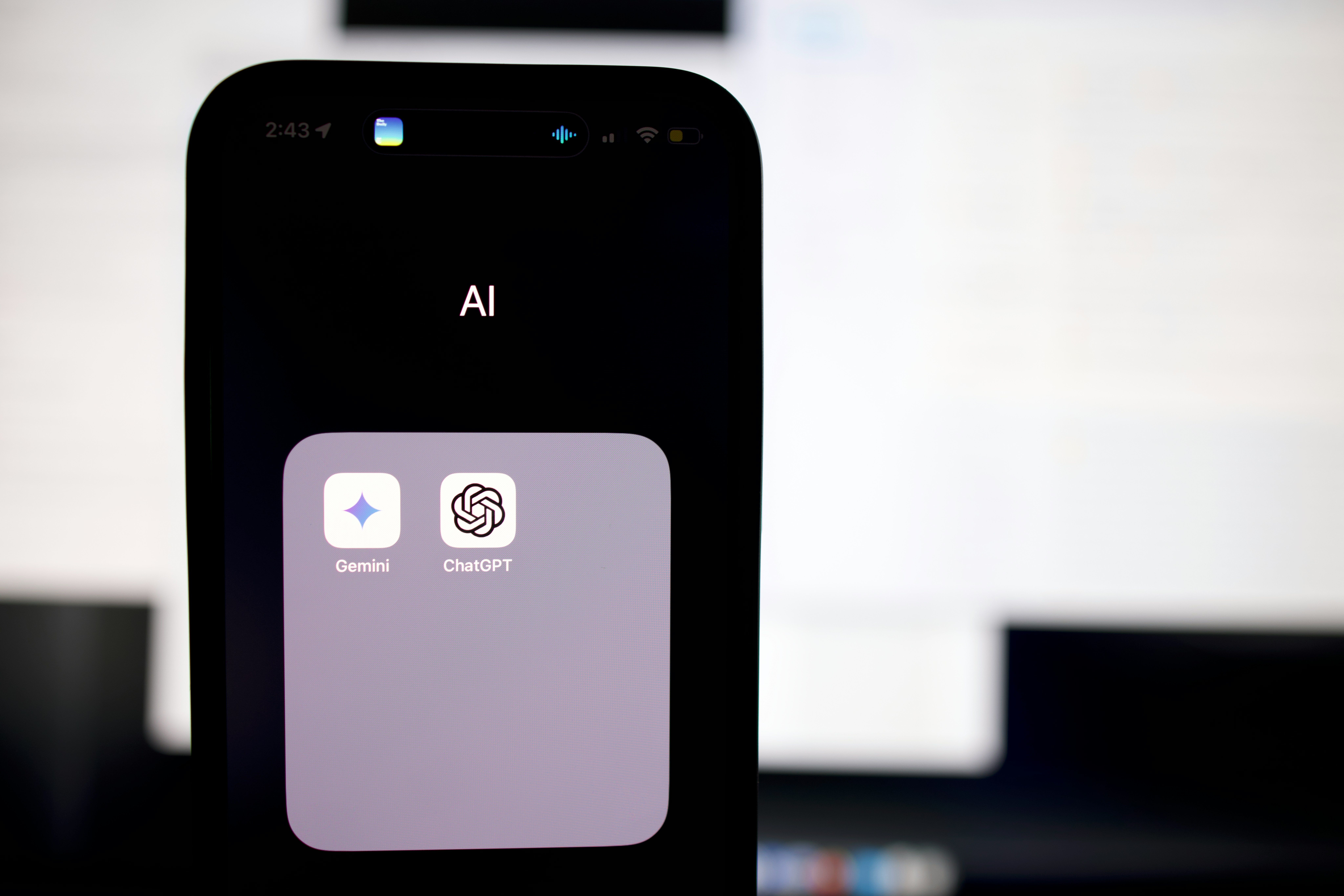Microsoft has recently updated its terms of service to ban U.S. police departments from using its Azure OpenAI Service for facial recognition applications. This decisive move includes both current and potentially future technologies associated with image analysis provided by OpenAI. The prohibition explicitly targets the utilization of real-time facial recognition technology on mobile cameras such as dashcams and body cameras, particularly in unpredictable, real-world environments. This new policy adjustment follows shortly after tech firm Axon introduced a new product leveraging OpenAI's GPT-4 model to process audio from body cameras, raising concerns about AI-generated inaccuracies and inherent racial biases. The revision of the terms of service by Microsoft reflects its ongoing commitment to address privacy, security, and ethical issues related to AI and facial recognition technology.
Microsoft's Ban on Facial Recognition AI Use by US Police

Photo by Matthew Manuel on Unsplash
Introduction of the ban terms
Microsoft has officially revised its terms of service to prohibit U.S. police departments from utilizing the Azure OpenAI Service for facial recognition purposes. This decision extends to prevent any integrations that employ OpenAI's current, and possibly future, image-analyzing models for such purposes within the U.S. Notably, the terms now specifically forbid the use of real-time facial recognition technology in "uncontrolled, in-the-wild" scenarios using mobile cameras like dashcams and body cameras.
Impact on law enforcement technology integration
The restriction imposed by Microsoft on the use of Azure OpenAI Service for facial recognition by U.S. police will undoubtedly shape the landscape of tech integration into law enforcement activities. Previously, police departments invested in AI and machine learning technologies to bolster surveillance capabilities and improve the efficacy of crime solving and public safety measures. The ban might compel departments to seek alternative technologies that comply with new regulations or to reassess their strategies concerning technology use in operations.
Speculations around the timing and prompt for policy update
The timing of Microsoft's policy update is noteworthy, coming shortly after criticism surfaced around a new product by Axon that uses AI to summarize body camera audio, which critics argue could perpetuate racial biases and errors. While it remains unconfirmed whether Axon utilized Azure OpenAI Service, Microsoft’s rapid policy revision could be seen as a preemptive move to avoid further controversy related to AI ethics and misuse, particularly in light of increased scrutiny of AI applications in public domains.
Technical and Social Implications of the Ban

Photo by h heyerlein on Unsplash
Limitations on mobile real-time recognition technology
By banning the use of mobile real-time facial recognition technologies, Microsoft sets a significant limitation on law enforcement capabilities to identify individuals in field conditions. This measure addresses privacy concerns and potentially stops misuse in scenarios where identification without consent could be problematic. However, this could also hinder real-time law enforcement responsiveness in critical scenarios where facial recognition could expediently identify suspects or find missing persons.
Concerns over AI biases and inaccuracies
A major reason behind the skepticism towards facial recognition technologies is the documented presence of biases and inaccuracies, which tend to disproportionately affect minority groups. AI systems, trained on historically biased data, are prone to perpetuate these biases. Microsoft’s ban can be seen as a move to prevent potential discrimination and errors that could arise from flawed facial recognition technologies, aligning with broader demands for ethical AI practices.
Previous restrictions by OpenAI on model usage in law enforcement
Before Microsoft’s definitive action, OpenAI itself had established restrictions on the usage of its models for facial recognition through their APIs. This posture by OpenAI, reflecting cautious engagement with law enforcement applications, has been critical in shaping how tech companies govern the deployment of powerful AI tools in sensitive fields. Such restrictions portray a growing recognition amongst AI service providers of their role in safeguarding against the misuse of technology in surveillance and law enforcement.
These developments indicate a pivotal moment in the relationship between technology companies and law enforcement agencies, confirming a shift towards more regulated and ethically aware deployment of AI technologies in public sectors.
Broader Context and Future Prospects

Photo by Alex Knight on Unsplash
Comparison of Microsoft's stance with other tech giants
Microsoft's stance on restricting the use of AI for facial recognition by U.S. police is notable, especially when compared to other tech leaders. Companies like Amazon and IBM have previously taken similar stances, with IBM ceasing its general facial recognition programs, citing concerns over privacy and racial injustices. Google has also been vocal about the ethical use of AI, implementing strict guidelines for its AI technologies, though specific bans similar to Microsoft’s have not been as prominently enacted.
Microsoft's proactive adjustments to the Azure OpenAI Service, specifically barring real-time facial recognition on mobile devices in uncontrolled environments, illustrate an important shift towards emphasizing ethical tech deployment over broader utilization potential. These changes are part of a larger trend where tech giants are beginning to acknowledge their role in safeguarding civil liberties and preventing the perpetuation of racial biases that AI systems might learn from historical data.
Possible shifts in AI usage policies globally
Globally, the reception and regulation of AI technologies in surveillance vary, with some countries embracing widespread surveillance capabilities. For instance, nations like China have extensively integrated facial recognition for various public monitoring purposes. However, in Europe, there is a discernible shift towards stricter regulations, as evidenced by the EU's proposed Artificial Intelligence Act, aiming to set comprehensive rules for trustworthy AI, including strict constraints on biometric surveillance.
Microsoft’s policy could influence international norms and potentially encourage other companies and governments worldwide to reconsider how they deploy these technologies. The emphasis might shift towards more regulated, transparent, and ethically justified uses of AI, particularly in public domains and law enforcement, acknowledging both the potential benefits and the profound risks associated with these tools.
Future of AI in security and surveillance within the US and worldwide
Looking ahead, the landscape of AI in security and surveillance is poised for transformative changes. In the U.S., Microsoft’s decision might inspire legislative and policy initiatives aimed at aligning emerging technologies with societal values and civil rights, particularly concerning privacy and racial equality. This precedent underscores the need for a balanced approach that leverages the benefits of AI while mitigating risks.
Internationally, we might see a bifurcation where some countries pursue aggressive AI surveillance strategies while others follow the example set by Microsoft, emphasizing ethical standards and public trust. The future will likely involve a complex interplay of innovation, regulation, and public discourse, as society navigates the challenges posed by these powerful technologies.
In essence, Microsoft’s recent policy changes are not just about a single company’s stance on privacy. They represent a pivotal moment in the broader discussion about the role of AI in society and the principles that should guide its development and deployment. The decisions being made today will set the groundwork for the future of AI in security, surveillance, and beyond, shaping how these tools are integrated into the fabric of daily life around the world.





